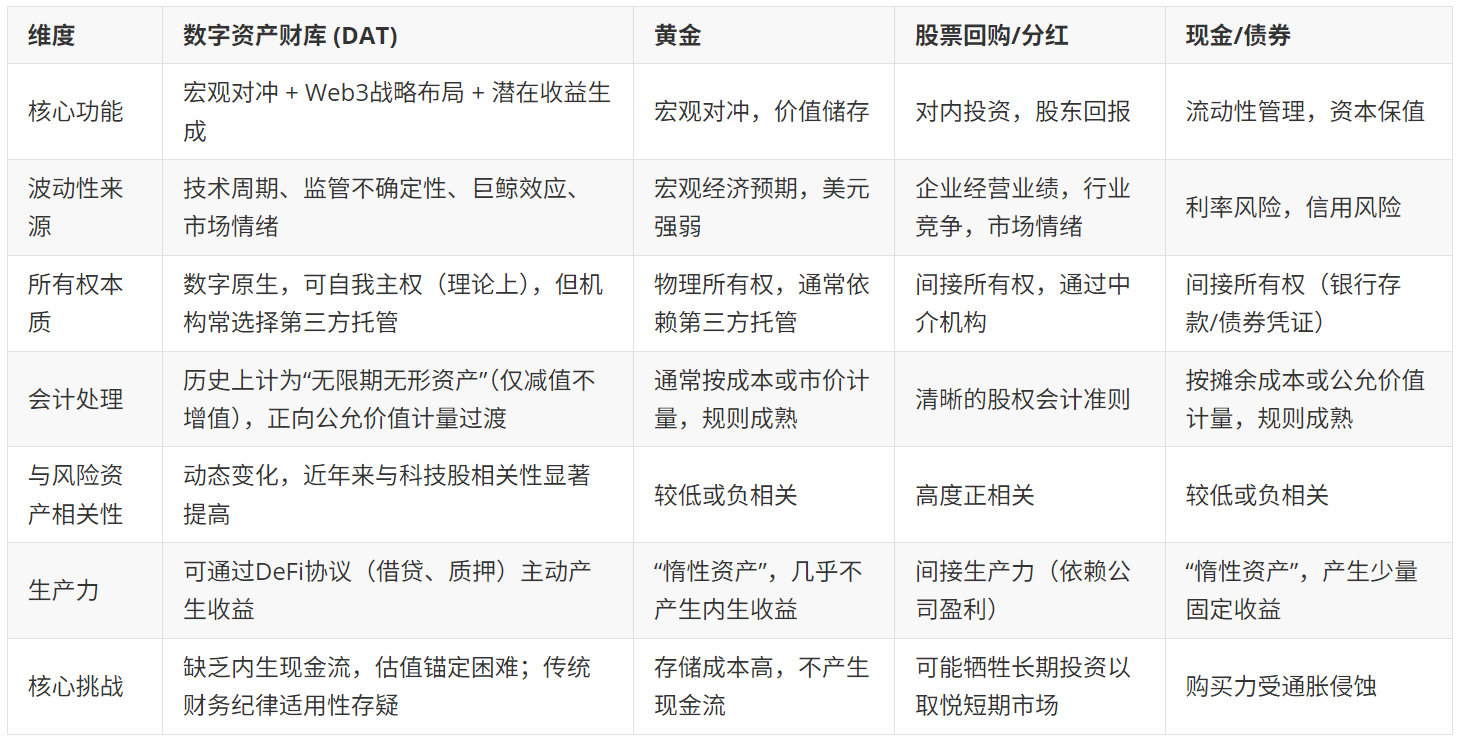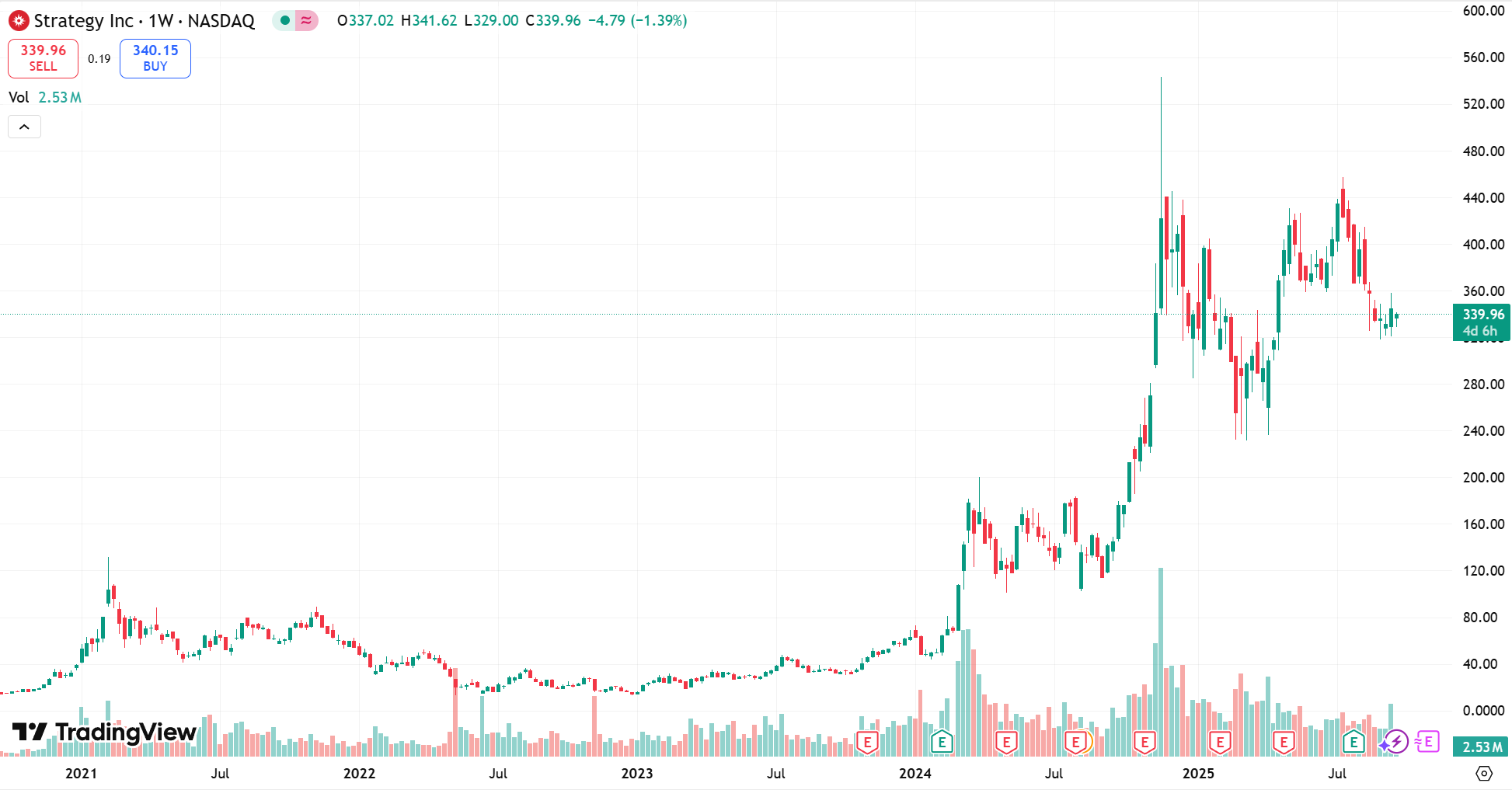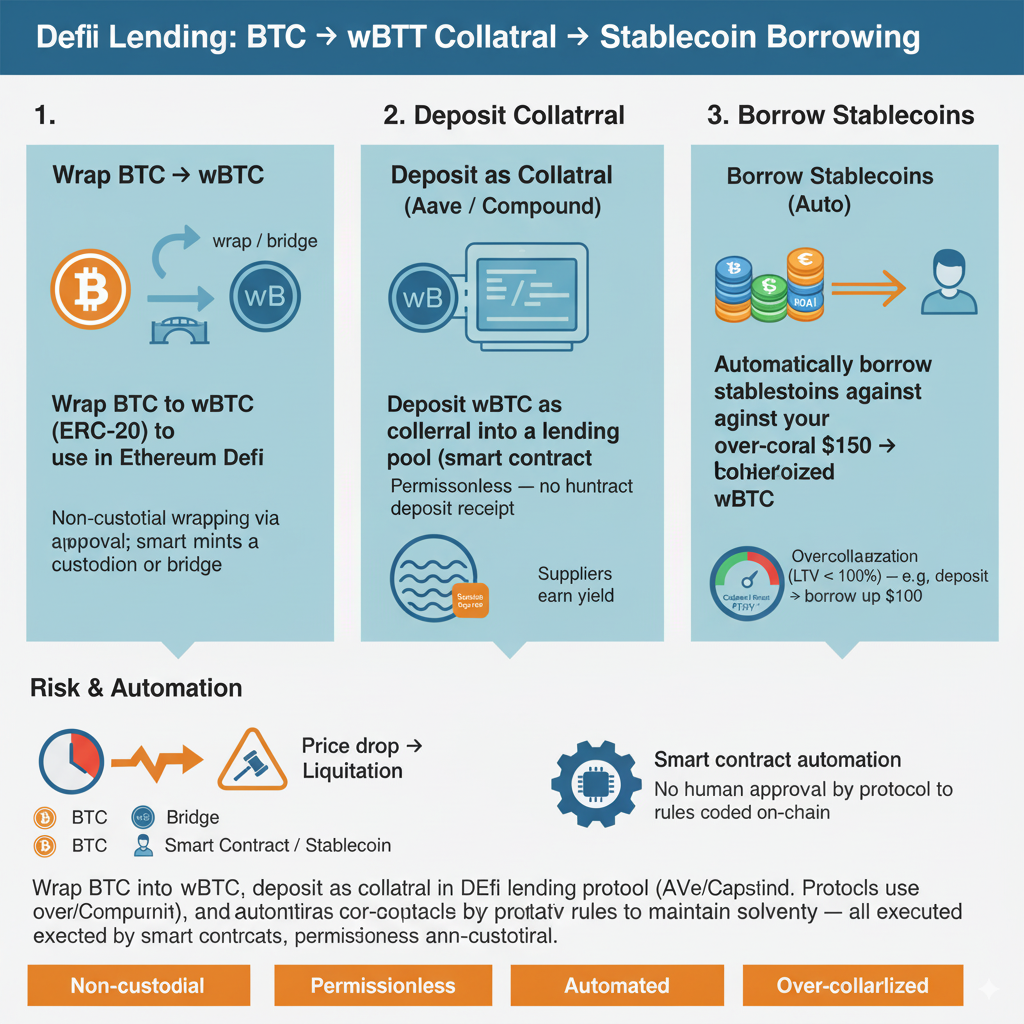Author: Zhao Qirui
Editor: Zhao Yidan
In the previous article, "Strategic Analysis of the New Corporate Paradigm of Digital Asset Treasury (Part 1)," we addressed questions about the "past" and the "present."
We answered from an economic perspective regarding DAT as an asset allocation tool, its randomness and inevitability in the current environment. We also discussed the current divisions and significance of corporate allocation of DAT.
In this article, we will continue to explore some inherent advantages and potential of DAT, aiming to provide a deeper perspective.
Part Three: The Birth of a New Asset Species
For corporate financial officers, the toolbox for capital allocation has always been clear and mature.
Whether it is cash and bonds for managing liquidity, stock buybacks for returning value to shareholders, or gold for hedging macro risks, each tool has a mature logic that has been tested by the market for decades. However, the emergence of Digital Asset Treasury (DAT) is not merely an addition of a new option in this toolbox; it introduces a fundamentally new asset "species," whose underlying logic is fundamentally different from all traditional tools.
This difference is first reflected in its unprecedented "programmable productivity." Core assets in traditional treasuries, such as cash and gold, are essentially "inert," producing almost no returns on their own. In contrast, DAT assets, especially those built on smart contract platforms, possess unprecedented "activity." Through decentralized finance (DeFi) protocols, companies can theoretically put their held digital assets (such as wrapping BTC into wBTC) into lending markets (like Aave, Compound) to earn interest, or participate in liquidity mining and staking, transforming their treasury assets from a passive value storage tool into an active revenue-generating engine. This potential is revolutionary, but it comes at the cost of introducing a whole new dimension of risk—smart contract vulnerabilities, oracle manipulation, and governance risks of protocols, which are areas that traditional financial risk models struggle to cover.
If programmability is its "dynamic" gene, then its "static" gene—self-sovereign ownership—is even more disruptive. Ownership of traditional stocks and bonds is essentially indirect, relying on a long chain of intermediaries (brokerages, custodians, central depositories like DTCC) for credit endorsement. While physical ownership of gold is direct, institutions typically store it in professional vaults for safety and liquidity reasons, also relying on third parties. In contrast, digital assets, as self-sovereign digital native bearer assets, have ownership directly proven by private keys, theoretically allowing for global transfer without any intermediaries, granting companies unprecedented asset control. However, this also gives rise to a profound "sovereignty paradox": in practice, listed companies often choose to entrust their assets to third-party professional institutions like Coinbase, BitGo, or Fidelity Digital Assets for compliance, safety, and operational convenience. This decision, while reducing operational risks, also undermines the core advantage of "self-sovereignty," reintroducing the counterparty risk and custody risk exposed in the bankruptcies of platforms like FTX and Celsius, creating a difficult trade-off between "complete sovereignty" and "compliance convenience."
When such a disruptive gene "new species" is introduced into an "old ecosystem" designed for traditional assets, it inevitably triggers a series of intense "systemic rejection reactions."
This is first reflected in its extreme volatility and unstable market correlation. The volatility of DAT is far more complex than that of traditional assets; it is driven by technological cycles, regulatory upheavals, and the highly concentrated "whale effect," which traditional risk models struggle to capture. More importantly, with the influx of institutional investors, the narrative of Bitcoin as an independent "digital gold" is being weakened, and its correlation with tech stock indices like NASDAQ has significantly increased. This raises a core question: is DAT truly a risk diversification tool, or merely a high beta (high volatility) version of traditional risk assets? The answer seems to be the latter, which means that during systemic risk outbreaks, DAT may not provide the expected hedging protection and may instead amplify losses.
This rejection reaction is particularly profound in the conflict of accounting and regulatory language. Under U.S. Generally Accepted Accounting Principles (U.S. GAAP), until recent revisions, digital assets were classified as "indefinite intangible assets." This classification led to an asymmetrical accounting treatment: when asset prices fall, companies must recognize impairment losses, directly impacting the income statement; however, when prices rebound, they cannot recognize unrealized gains, and the book value may be far below market value. This "only report bad news, not good news" rule distorts company financial reports, failing to fairly reflect the true economic value of their digital assets, creating significant barriers for CFOs in communicating with capital markets. Although the Financial Accounting Standards Board (FASB) has issued new regulations (ASU 2023-08) allowing for fair value measurement, the full implementation of this shift will take time, and accounting standards have yet to be unified globally.
This is essentially a systemic failure of the old world's accounting language attempting to describe a new species.
Synthesis Comparison Table: DAT vs. Traditional Asset Allocation

In summary, DAT is not a simple extension of traditional assets. Its core characteristics—programmable productivity and self-sovereignty—determine that it is a completely new strategic asset. The extreme volatility, accounting distortions, and regulatory conflicts we observe are not isolated defects but rather inevitable results of the collision between this new species' disruptive genes and the traditional financial ecosystem. For decision-makers, this not only means embracing a new asset but also preparing to face a completely new, uncertain financial and governance logic.
Part Four: The Empowerment Potential of DAT
4.1 From Cost Center to Profit Center
The core mission of traditional corporate treasury management has long been defined as a defensive posture: ensuring liquidity, managing cash flow, controlling exchange rate risks, and preserving capital with minimal risk. Within this framework, the treasury department is essentially a cost center—its success is measured by the efficiency of risk avoidance and cost control, rather than its ability to create value.
Therefore, as mentioned earlier, in the macroeconomic context of the post-pandemic era, corporate financial officers (CFOs) face an unprecedented dual dilemma: on one hand, ongoing quantitative easing policies are systematically diluting the purchasing power of cash reserves; on the other hand, the long-term low-interest-rate environment has rendered the value-preserving function of traditional safe-haven assets like government bonds almost completely ineffective. It is against this backdrop of collective failure of traditional tools that Digital Asset Treasury (DAT) has emerged as a radical solution, containing the disruptive potential to transform the treasury department from a passive cost center into an active, high-risk, high-return profit center.
The "offensive" dimension of this potential is most vividly illustrated in the case of MicroStrategy. The core of its strategy is to realize the defensive motivation—to combat the depreciation of fiat currency—through highly "offensive" financial engineering. By issuing low-interest convertible bonds and increasing stock issuance, the company not only deeply binds its balance sheet to Bitcoin but also creates a powerful "financial flywheel" in the capital markets.
In August 2020, when MicroStrategy first announced its intention to purchase $250 million worth of Bitcoin as its primary reserve asset, there were very limited channels for institutions and retail investors seeking compliant and convenient Bitcoin exposure, as the U.S. Securities and Exchange Commission (SEC) had not yet approved a spot Bitcoin ETF. MicroStrategy's stock filled this market gap, quickly being viewed by investors as a "de facto leveraged Bitcoin investment tool," effectively acting as a "de facto proxy ETF":
Decoupling of Valuation Models: MicroStrategy's stock price is no longer tied to the price-to-earnings (P/E) or price-to-sales (P/S) ratios of its core business intelligence software but is highly correlated with the net asset value (NAV) of Bitcoin held on its balance sheet.
Amplification of Leverage Effects: The company continuously finances Bitcoin purchases through issuing low-interest convertible bonds and increasing stock issuance. This proactive, leveraged accumulation strategy causes its stock price volatility to even exceed that of Bitcoin itself, attracting many investors and options traders seeking high-risk returns.
Capital Flywheel Effect: The premium of the stock price relative to NAV (mNAV > 1) creates a self-reinforcing "financial flywheel." The company can use its overvalued stock to raise funds to purchase more Bitcoin, thereby increasing the Bitcoin per share (BPS) and further reinforcing its narrative as a "Bitcoin proxy stock," maintaining or even pushing up the premium.

However, this significant financial success also immediately raises a profound governance question, known as the "agency trap": when a company's main software business (from the U.S. Securities and Exchange Commission _mstr-10k: business revenue of about $500 million from 2021 to 2023) appears trivial in the face of its hundreds of billions of dollars in Bitcoin reserves, and its stock price is almost entirely dominated by the price fluctuations of a single asset, is it still a technology company, or has it transformed into a high-risk, almost single-asset investment trust lacking regulation? The company's fate is deeply tied to a high-volatility asset; is this approach the ultimate empowerment of shareholder value, or is it placing the company in an irreversible high-stakes gamble?
This potential for financial empowerment is not an isolated case. We can conduct a thought experiment:
- or they can utilize decentralized finance (DeFi) protocols to leverage their digital assets for liquidity, allowing them to access capital without the need for traditional banking systems.
This new financing avenue not only enhances liquidity but also allows companies to maintain their digital asset positions while meeting immediate cash flow needs. By using their digital assets as collateral, companies can avoid selling them during market downturns, thus preserving potential future appreciation.
Moreover, the integration of DAT into corporate finance can lead to innovative financial products and services. For instance, companies can create structured products that combine traditional financial instruments with digital assets, offering investors unique investment opportunities that were previously unavailable. This could include products like tokenized bonds or equity that are backed by digital assets, providing a new layer of security and diversification for investors.
4.4 Conclusion: Embracing the Future of Finance
In conclusion, the adoption of Digital Asset Treasury (DAT) represents a significant shift in corporate finance, moving beyond traditional asset management to embrace a more dynamic and innovative approach. By leveraging the unique characteristics of digital assets, companies can enhance their financial strategies, improve liquidity, and create new revenue streams.
However, this transformation is not without its challenges. Companies must navigate the complexities of regulatory compliance, accounting standards, and market volatility. The successful implementation of DAT requires a fundamental rethinking of corporate finance, emphasizing the need for agility, adaptability, and a willingness to embrace new technologies.
Ultimately, the future of corporate finance lies in the ability to integrate digital assets into the broader financial ecosystem, creating a more resilient and responsive financial infrastructure. As companies continue to explore the potential of DAT, they will not only redefine their financial strategies but also position themselves at the forefront of the evolving landscape of global finance.
Companies can also automatically lend stablecoins in a non-custodial, permissionless manner through decentralized finance (DeFi) protocols such as Aave and Compound. Specifically, companies can wrap BTC into wBTC and deposit it into the protocol as collateral via smart contracts, allowing them to automatically borrow stablecoins without any manual approval or permission. DeFi protocols typically use an "over-collateralization" mechanism to manage risk, meaning the amount borrowed is significantly lower than the value of the collateral, ensuring the system's solvency.

However, both of these paths come with profound risks that have previously led to industry disasters. The history of CeFi lending is filled with catastrophic bankruptcies of platforms like Celsius, BlockFi, and Genesis. While companies enjoy the convenience of these services, they must also confront the deep, bottomless "counterparty risk" black hole—if a platform misappropriates customer assets or operates poorly, the assets pledged by the company could be lost entirely. In DeFi, although centralized counterparties are eliminated, companies face another equally deadly risk: vulnerabilities in smart contracts (such as flash loan attacks). The immutability of code means that once a vulnerability is exploited, the losses are almost instantaneous and irretrievable.
Flash loans are loans that do not require collateral, allowing large amounts of assets to be borrowed and must be repaid within the same blockchain transaction. Flash loan attacks occur when attackers exploit this characteristic of "zero-cost, instant large funds" to complete a series of operations (such as price manipulation, liquidation, arbitrage, etc.) within the same transaction, causing losses to the protocol or liquidity pool—ultimately returning the borrowed funds while keeping the profits.
Once a company masters how to efficiently circulate and acquire funds, the ultimate form of its operational evolution is to reconstruct its interface with the capital markets. This is the future vision depicted by the tokenization of real-world assets (RWA). In theory, companies could issue their bonds, equity, or even future income streams on the blockchain, transforming them into "security tokens." This "on-chain financing" model has revolutionary potential to remove expensive intermediaries, reduce issuance costs, break geographical limitations, and achieve asset "divisibility."
However, the realization of this grand vision is still separated by a significant chasm composed of compliance and technology. It fundamentally conflicts with the current securities law system (especially the U.S. Howey Test): Whether a token constitutes an "investment contract" and is thus classified as a security remains a gray area in regulation. At the same time, whether current blockchain technology's scalability and security are sufficient to support the core financing activities of a mainstream company is also an unresolved question. Network congestion, high transaction fees, and the risk of smart contract vulnerabilities all pose significant technological barriers. These seemingly attainable operational optimizations may still be separated by an insurmountable gap from large-scale, secure, and compliant implementation.
In summary, the empowerment of DAT at the operational level is real and profound. However, its evolutionary path is not about replacing old problems with perfect solutions, but rather a balancing act and exploration on a new risk landscape.
From the "last mile" of payment settlement to the "counterparty black hole" of CeFi lending, and then to the "compliance chasm" of on-chain financing, each step of efficiency improvement comes with a new type of risk that is more complex and requires professional wisdom to navigate.
Thus far, we have outlined the past and present of DAT. In the next section, we will address the legal, technical, and compliance pitfalls of DAT, as well as its future development prospects.
Through a series of three articles totaling nearly 40,000 words of in-depth analysis, we believe this will provide readers with a comprehensive, profound, and dialectical understanding of the system.
免责声明:本文章仅代表作者个人观点,不代表本平台的立场和观点。本文章仅供信息分享,不构成对任何人的任何投资建议。用户与作者之间的任何争议,与本平台无关。如网页中刊载的文章或图片涉及侵权,请提供相关的权利证明和身份证明发送邮件到support@aicoin.com,本平台相关工作人员将会进行核查。




